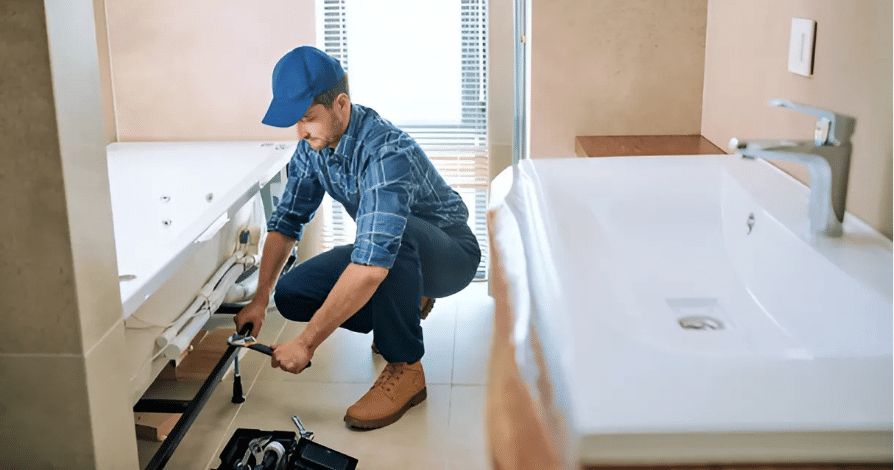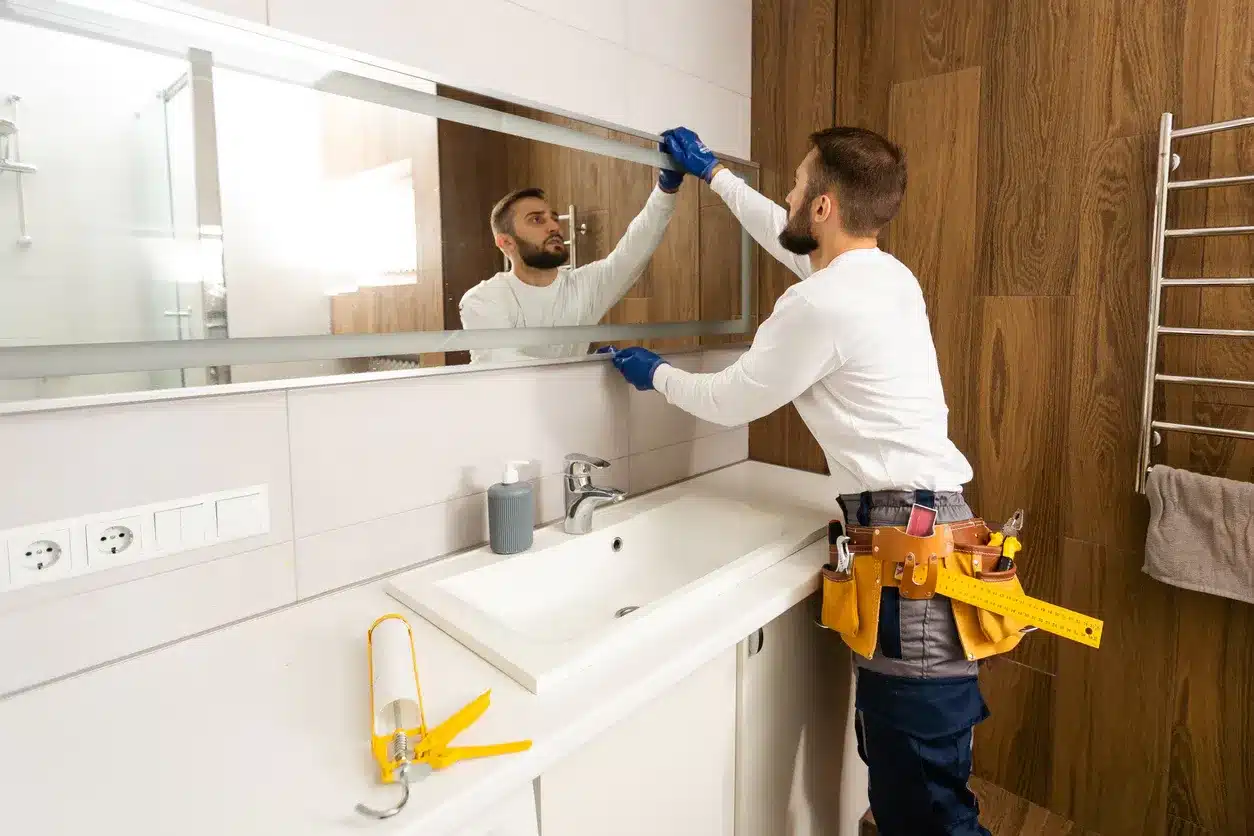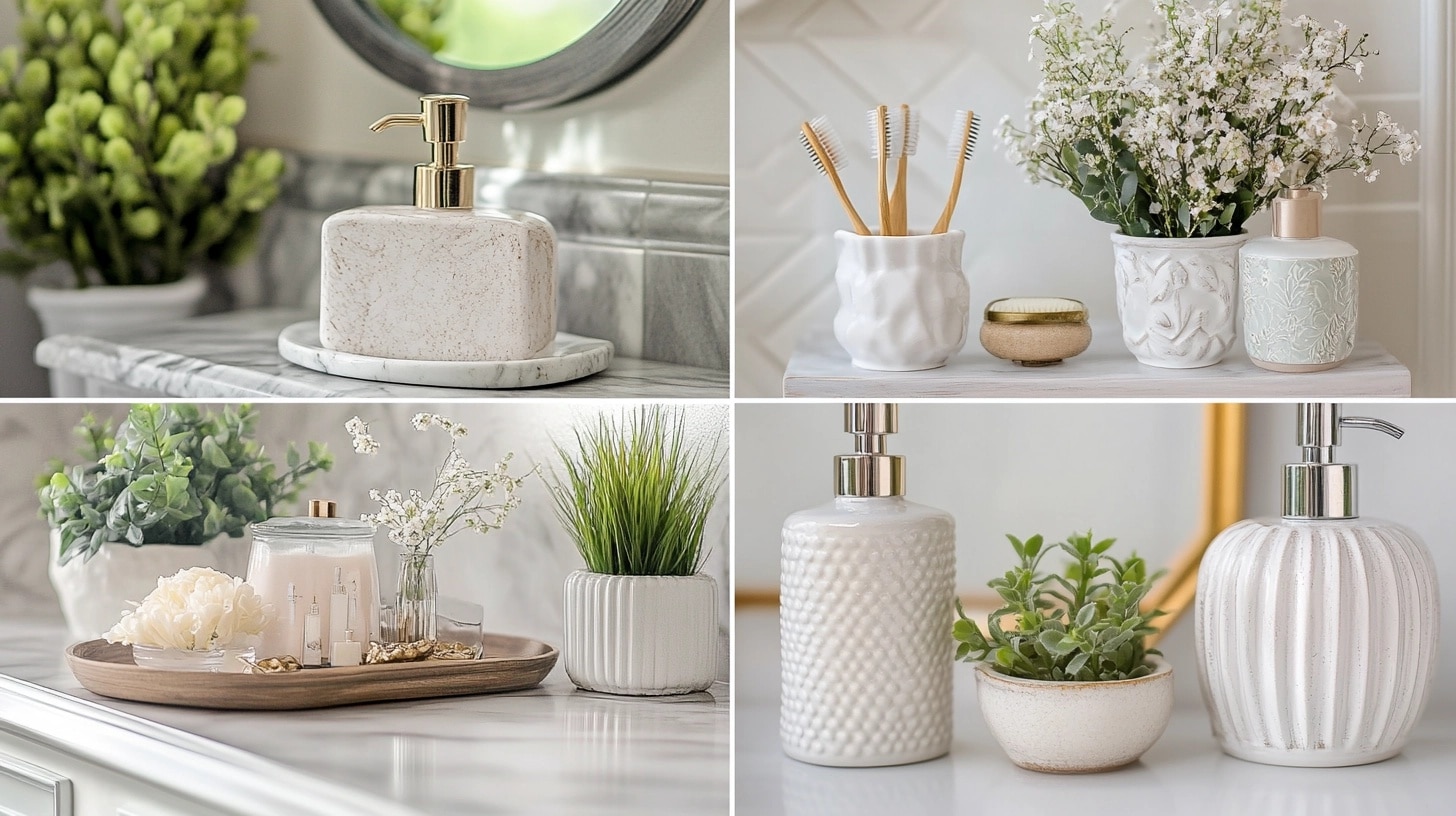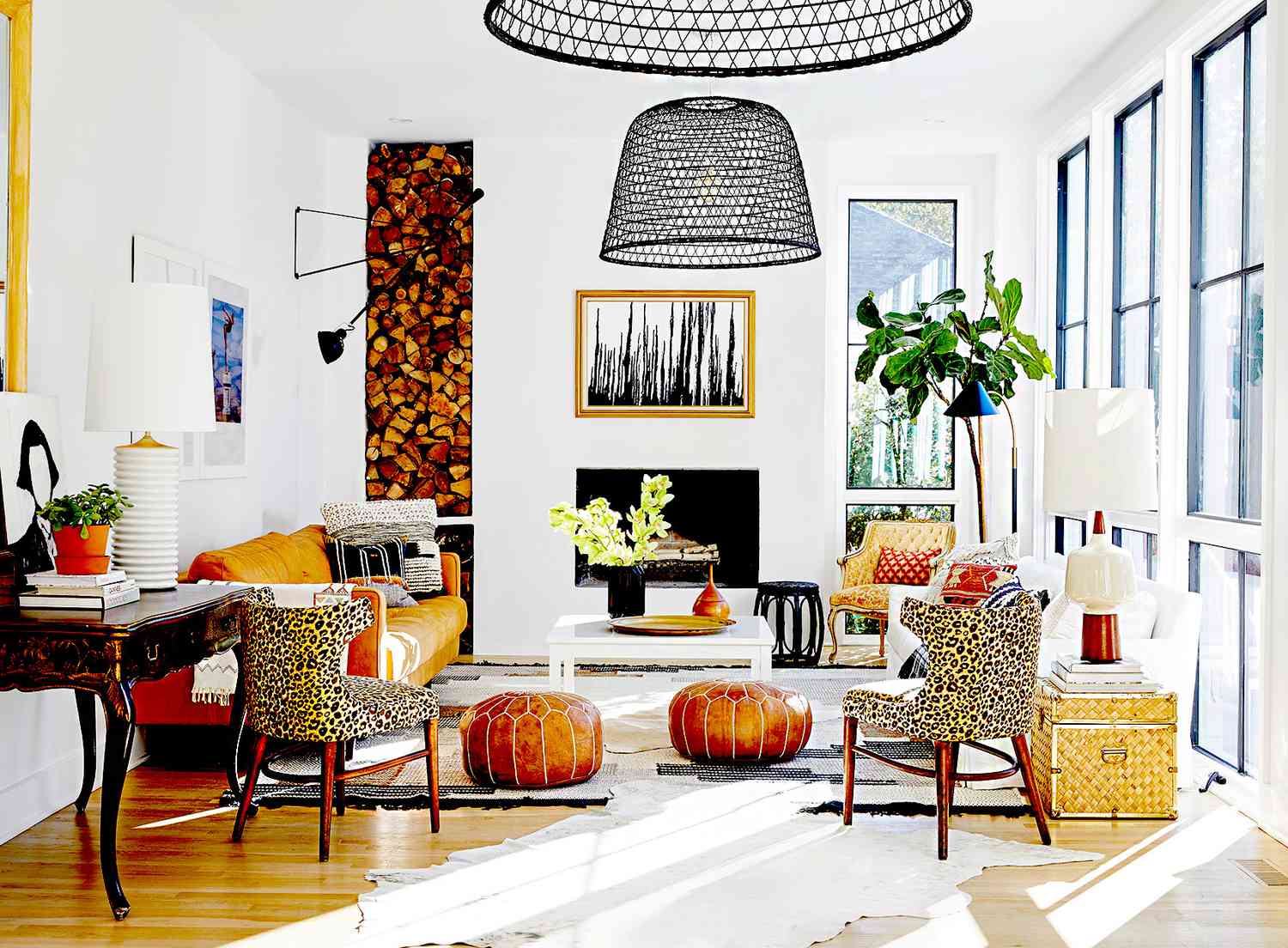5×7 Bathroom Remodel Cost: Labor, Materials, and Smart Spending Tips
Reworking a 5×7 bathroom can greatly improve your home’s value and comfort. However, this compact space presents unique challenges and opportunities for remodeling.
Understanding the costs involved, particularly labor expenses, is crucial for effective budgeting. A clear grasp of the difference between remodeling and renovation helps set realistic expectations for your project.
Remodeling a 5×7 bathroom involves careful planning to maximize the limited space. From choosing fixtures to selecting materials, every decision impacts the final look and the overall cost.
Labor often represents a significant portion of the budget, making it essential to understand these expenses.
This guide will help you guide the process of remodeling your small bathroom, focusing on costs, labor considerations, and smart budgeting strategies.
What Is a 5×7 Bathroom?

A 5×7 bathroom is a compact space measuring 5 feet wide by 7 feet long, totaling 35 square feet. This size is common in many homes, especially in older houses or apartments. Despite its small footprint, a 5×7 bathroom can comfortably fit essential fixtures.
Typically, a 5×7 bathroom layout includes:
- A standard-sized toilet
- A sink or small vanity
- A shower or bathtub (usually not both due to space constraints)
The limited size of a 5×7 bathroom significantly impacts remodeling decisions. Homeowners must be creative with storage solutions and fixture placement to maximize the available space.
When remodeling, careful planning is crucial to ensure that all desired elements fit comfortably without cramming the room.
The compact nature of a 5×7 bathroom can be advantageous regarding remodeling costs. With less square footage, you may spend less on materials like flooring and wall tiles.
However, labor costs can still be substantial, especially if you make significant layout changes or plumbing changes.
Difference Between a Remodel vs Renovation
| Aspect | Renovation | Remodel |
|---|---|---|
| Definition | Updating or refreshing existing bathroom without changing layout or structure | Changing the bathroom’s layout, structure, or functionality |
| Scope | Repainting, replacing fixtures, updating hardware | Moving plumbing, electrical work, changing room footprint |
| Cost | Less expensive | More expensive |
| Labor | Requires less labor, possible DIY opportunities | Requires more skilled labor like plumbers and electricians |
| Timeframe | Completed more quickly with less disruption | It takes longer to complete with more planning |
The choice between a remodel and a renovation significantly impacts both labor costs and overall expenses.
Understanding these differences helps set realistic expectations for your project’s scope, timeline, and budget.
Common Labor Costs for a 5×7 Bathroom Remodel
| Role | Hourly Rate | Responsibilities |
|---|---|---|
| General Contractor | $50 – $150 per hour | Oversees projects, coordinates subcontractors, ensures code compliance |
| Plumber | $45 – $200 per hour | Moves/installs pipes, installs toilets, sinks, showers/tubs |
| Electrician | $40 – $100 per hour | Updates wiring, installs lighting fixtures, ensures electrical code compliance |
| Tile Installer | $30 – $120 per hour | Lays floor/wall tiles, ensures proper waterproofing |
| Painter | $20 – $50 per hour | Preps and paints walls and ceiling |
Factors Affecting Labor Costs:
- Project complexity
- Local market rates
- Timing (peak seasons may increase costs)
- Unexpected issues (e.g., water damage, outdated wiring)
DIY vs. Professional Labor:
- DIY can save on labor costs but requires skill and time
- Professional work often comes with warranties and guarantees
- Some tasks (like plumbing and electrical) may require licensed professionals for safety and code compliance
For a 5×7 bathroom, you might expect to spend 40-65% of your total budget on labor. However, this can vary based on your project’s scope and location.
Final Cost of a 5×7 Bathroom Remodel
Remodel Costs
| TYPE OF REMODEL | COST RANGE | DETAILS |
|---|---|---|
| Budget-Friendly | $4,000 – $6,500 | Basic fixture updates, minor repairs, simple finishes |
| Mid-Range | $6,500 – $10,000 | Higher quality fixtures, some layout changes, better finishes |
| Luxury | $10,000 – $15,000+ | High-end fixtures, significant layout changes, custom features |
Cost Breakdown by Area
| AREA | PERCENTAGE OF TOTAL BUDGET |
|---|---|
| 1. Labor | 40-65% |
| 2. Fixtures | 15-25% |
| 3. Cabinetry & Countertops | 10-20% |
| 4. Flooring | 10-15% |
| 5. Lighting & Electrical | 5-10% |
| 6. Walls & Ceiling | 5-10% |
Unexpected Expenses
| EXPENSE | COST RANGE |
|---|---|
| Permits | $50 – $2,000 (depending on location and project scope) |
| Structural Issues | Costs vary (addressing water damage, outdated wiring, etc.) |
| Code Upgrades | Costs vary (upgrades to meet current building codes) |
Areas that Impact Costs the Most:
- Plumbing changes: Moving the toilet, sink, or shower can significantly increase costs due to necessary pipe work.
- Tiling: High-end tiles and complex patterns require more labor and materials.
- Custom features: Built-in storage or unique fixtures can add to material and labor costs.
Tips for Getting the Most Out of Your Bathroom Remodel

Maximizing your 5×7 bathroom remodel within your budget requires smart planning and strategic decisions. Here are some practical tips:
- Prioritize your needs: List must-have items versus nice-to-have features. Focus on changes that add the most value and functionality.
- Keep the existing layout: Avoid moving plumbing fixtures to save on labor costs. Work with the current space to minimize extensive renovations.
- Choose materials wisely: Opt for mid-range fixtures that balance quality and cost. Consider look-alike materials for a high-end look at a lower price point.
- DIY where possible: Handle simple tasks like painting or installing hardware. Leave complex jobs (plumbing, electrical) to professionals.
- Shop smart: Look for sales and discounts on fixtures and materials. Consider gently used or refurbished items for savings.
- Plan for the unexpected: Set aside 10-20% of your budget for unforeseen issues. This helps avoid costly surprises mid-project.
- Focus on lighting: Good lighting can make a small space feel larger—update fixtures for a fresh look without major renovations.
- Invest in key areas: Spend more on frequently used items (e.g., faucets, showerheads). These affect daily use and can impact water efficiency.
- Consider long-term value: Choose classic styles that won’t quickly become outdated. Invest in quality for items that are difficult to replace later.
- Get multiple quotes: Compare prices and services from different contractors to ensure you’re getting fair labor pricing.
Following these tips, you can create a beautiful, functional 5×7 bathroom while controlling costs.
Careful planning and smart choices in materials and labor can lead to significant savings without compromising quality.
Wrapping It Up
Remodeling a 5×7 bathroom requires careful planning and budgeting. Understanding the differences between remodeling and renovation helps set realistic expectations.
Labor costs, often 40-65% of the total budget, are crucial to the project’s overall expense. Knowing common labor rates and potential material costs can help homeowners make informed decisions about their remodel.
Effective strategies, such as prioritizing needs, keeping the existing layout when possible, and choosing materials wisely, can help maximize the budget.
Ready to transform your small bathroom? Armed with these cost-effective strategies, start planning your 5×7 bathroom remodel today.
With careful consideration of labor and materials, you can create a beautiful, functional space that fits your budget and enhances your home’s value.
Frequently Asked Questions (FAQs)
How Long Does a 5×7 Bathroom Remodel Take?
A 5×7 bathroom remodel typically takes 2-4 weeks, depending on the project’s complexity and any delays.
Is a Permit Required for A Bathroom Remodel?
Yes, a permit is required, particularly for plumbing, electrical, or structural changes.
What Should I Look for In a Remodeling Contractor?
Look for experience, licensing, insurance, positive reviews, and a detailed contract.
How Can Unexpected Labor Costs Be Avoided?
Unexpected costs can be avoided with a detailed contract, clear communication, and setting aside a contingency budget.







